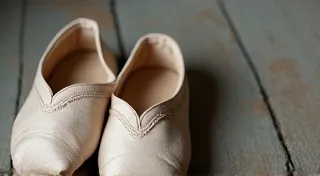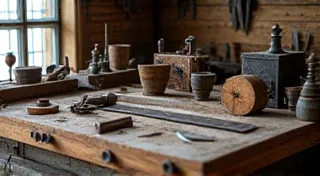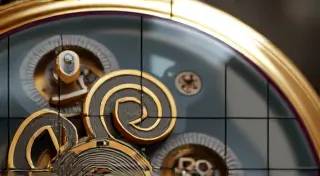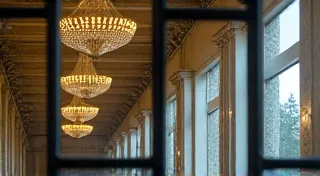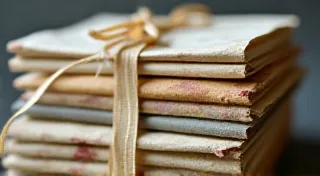Resonance of Time: How Humidity Affects Antique Accordion Bellows and Sound
There's a certain magic held within an antique accordion. More than just an instrument, it's a tangible link to the past, a whispering echo of dances, celebrations, and perhaps, the quiet solace of a solitary player. These instruments, often crafted with remarkable artistry and enduring quality, carry within them the stories of generations. But like all things susceptible to the passage of time, they are vulnerable, particularly to the unseen force of humidity. Understanding its impact isn't just a technical matter; it’s a way to honor the craftsmanship and preserve the music that lives within them.
I remember the first antique accordion I ever encountered – a 1920s Excelsior, its mother-of-pearl keys gleaming faintly under the dust. Its owner, a retired music teacher, spoke of its history with a reverence usually reserved for family heirlooms. He explained that storing it improperly had taken a toll, and the bellows, once supple, were brittle and cracked. That moment ignited a lifelong fascination with antique accordions and the challenges of their conservation.
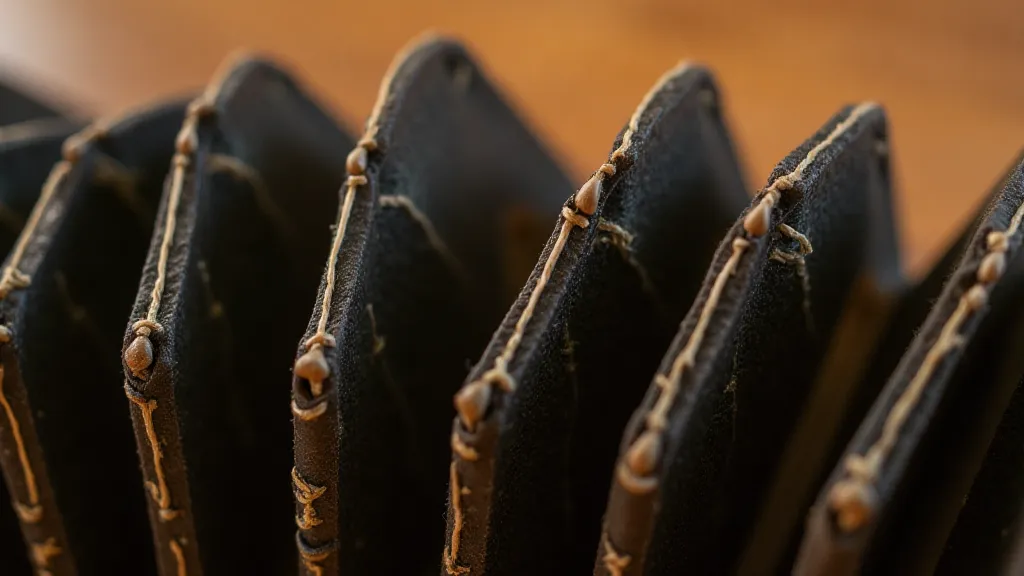
The Science of Humidity: A Silent Adversary
Humidity, simply put, is the amount of water vapor in the air. While a moderate level is essential for human comfort, fluctuating humidity levels wreak havoc on organic materials – and antique accordions are predominantly composed of them. Bellows are typically made from cloth (linen, cotton, or a combination), often treated with a sealant. Reeds, the heart of the accordion’s voice, are painstakingly crafted from brass and steel. Wooden components, such as the body and keys, further contribute to the instrument’s vulnerability.
High humidity encourages the growth of mold and mildew, which can weaken cloth and corrode metal. The water molecules penetrate the fabric, causing it to swell, stretch, and eventually, rot. Metal reeds become susceptible to rust and oxidation, which significantly alters their vibration characteristics and, consequently, the sound quality. The subtle nuances of tone, the rich overtones that define the character of an antique accordion, begin to disappear.
Conversely, low humidity leads to desiccation. The cloth in the bellows dries out and becomes brittle, prone to cracking and tearing. Wooden parts shrink and warp, impacting the instrument's airtightness and playability. Reeds, lacking the lubrication provided by a bit of moisture, can stick or become inflexible, leading to uneven and lifeless tones. The balance is delicate – a constant push and pull between life and decay. The stories these instruments could tell! It’s easy to imagine dancers twirling to the music, swept away in a bygone era. Their popularity, and the types of music performed, has ebbed and flowed over time, leading to fascinating changes in accordion design and style. Exploring Echoes of the Salon: The Rise and Fall of the Accordion’s Popularity offers a deeper understanding of this history.
The Bellows: A Chronicle of Movement and Moisture
The bellows are arguably the most susceptible part of an antique accordion. They are the lungs of the instrument, responsible for creating the airflow that sets the reeds into vibration. Historically, bellows were constructed using multiple layers of cloth, carefully glued together. These glues, often animal-based, are incredibly sensitive to humidity changes. They expand and contract, further stressing the fabric layers.
Imagine the countless folds of cloth, each a tiny reservoir for moisture. A humid environment encourages water absorption, causing the bellows to expand. Prolonged exposure to such conditions can lead to separation of the fabric layers and weakening of the glue bonds. Conversely, dry air pulls moisture from the bellows, causing them to shrink and become rigid. Repeated cycles of expansion and contraction create microscopic tears that eventually coalesce into larger cracks.
The repair of damaged bellows is often a delicate and time-consuming process, requiring specialized skills and materials. Modern conservation practices favor reversible techniques – avoiding permanent alterations that might compromise the integrity of the original construction. Replacing bellows, while sometimes necessary, is considered a last resort, as it inevitably alters the instrument’s character and value. The precision required to construct even a single reed block is remarkable, mirroring the skill of a seasoned clockmaker. You can delve into the complexities of this critical component by reading about The Clockmaker’s Precision: Dissecting the Intricate Mechanics of a Reed Block.
The Reeds: Tiny Vibrations, Significant Changes
The reeds themselves, while made of metal, are not immune to humidity’s influence. While brass and steel are inherently durable, the thinness of the reed metal makes it susceptible to corrosion. Rust forms when iron reacts with oxygen and moisture, weakening the reed and changing its mass distribution. This, in turn, affects its vibrational frequency, leading to a noticeable shift in pitch and a loss of clarity.
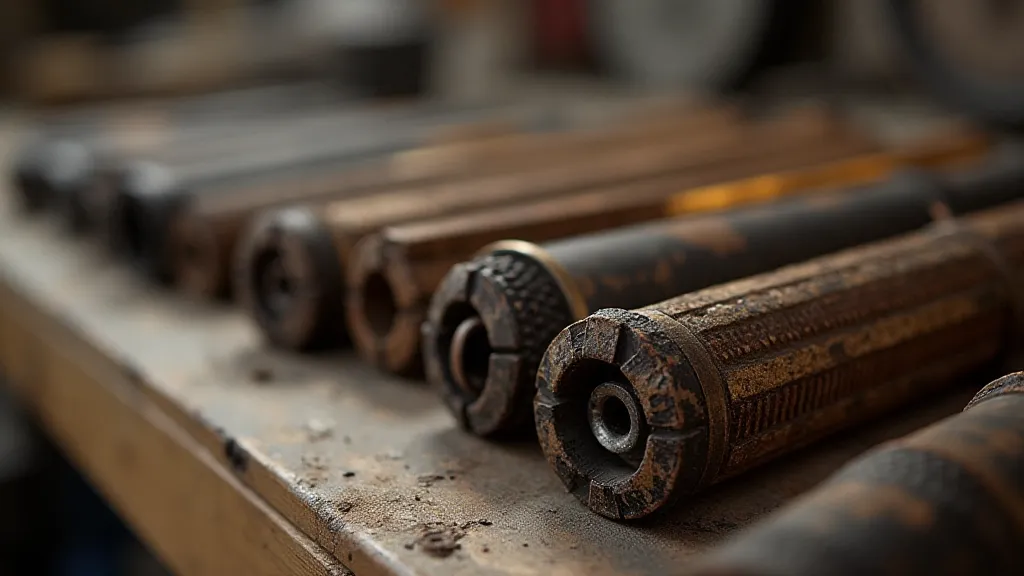
Furthermore, the tuning of antique accordions is incredibly precise. Each reed is carefully shaped and tuned to achieve a specific tone and pitch. Even a minuscule amount of corrosion or oxidation can disrupt this delicate balance, resulting in a detuned instrument. Re-tuning a vintage accordion is a true art, requiring a keen ear and a steady hand.
Conservation Strategies: Preserving the Resonance
Protecting an antique accordion from the damaging effects of humidity isn’t about eliminating moisture entirely – it's about maintaining a stable and appropriate environment. Here are some practical conservation strategies:
- Stable Environment: The ideal storage environment is cool, dry, and consistently temperature-controlled. Avoid attics, basements, and areas prone to extreme fluctuations.
- Humidity Control: Consider using a dehumidifier or humidifier to maintain a relative humidity level between 45% and 55%. Monitoring humidity levels with a hygrometer is essential.
- Protective Cases: A well-lined case provides a buffer against external environmental changes. Ensure the lining is breathable and doesn't trap moisture.
- Regular Inspection: Periodically examine the bellows, reeds, and wooden components for signs of damage. Early detection can prevent minor issues from escalating.
- Professional Consultation: For significant issues or complex repairs, consult with a qualified accordion restoration specialist.
Beyond the technical aspects, appreciating the history and craftsmanship of an antique accordion is crucial to its preservation. These instruments are more than just collections of parts; they are vessels of memory and cultural heritage. The music they create has often been deeply intertwined with the art of dance. Understanding how the design of the accordion has influenced dance styles is a fascinating study; you can explore this connection further at The Dancer’s Footfall: How Accordion Design Influenced Dance Styles. By understanding the impact of humidity and implementing appropriate conservation strategies, we can ensure that their resonance continues to inspire for generations to come.
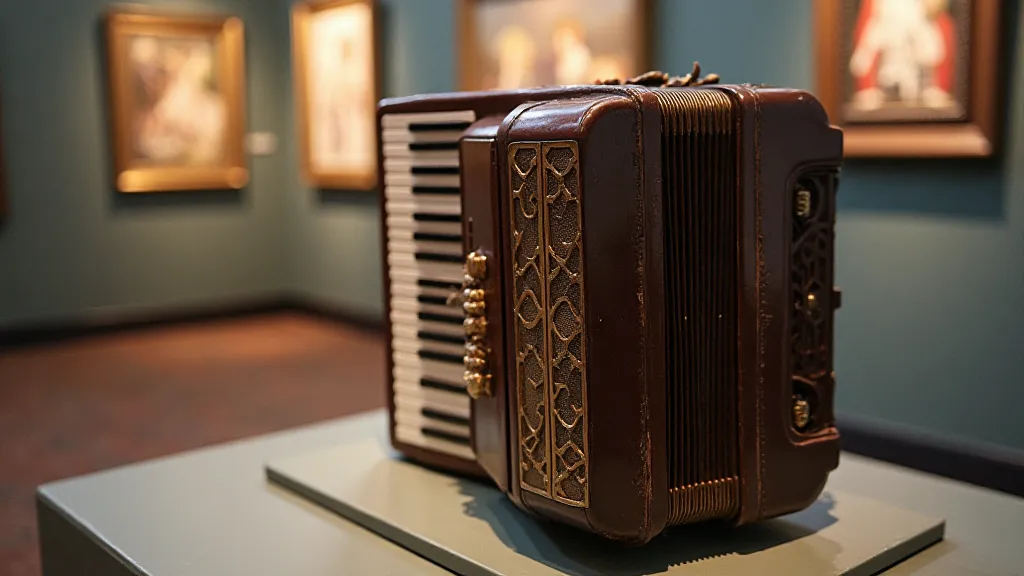
The enduring appeal of the accordion isn’s just about the music; it’s also about the stories that it tells, and the hands that have played it. The meticulous construction, the careful tuning of the reeds – all contribute to a remarkable piece of engineering and artistry. It's easy to imagine the joy and camaraderie of a lively polka played on a well-maintained instrument, or the quiet contemplation of a solitary musician finding solace in its melodies. The challenges of preserving these instruments, while demanding, are deeply rewarding, allowing us to connect with the past and safeguard a precious part of our cultural heritage.
The next time you encounter an antique accordion, take a moment to appreciate the delicate balance of materials and the enduring legacy of craftsmanship. Remember that it's not merely an instrument; it's a piece of history, a testament to human ingenuity, and a source of timeless musical beauty. It represents more than just a collection of parts; it's a window into another time, a testament to the enduring power of music to connect us across generations.
